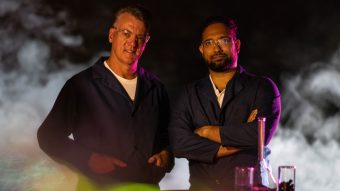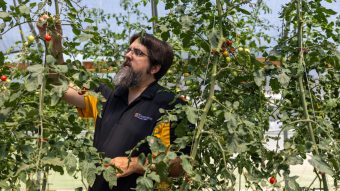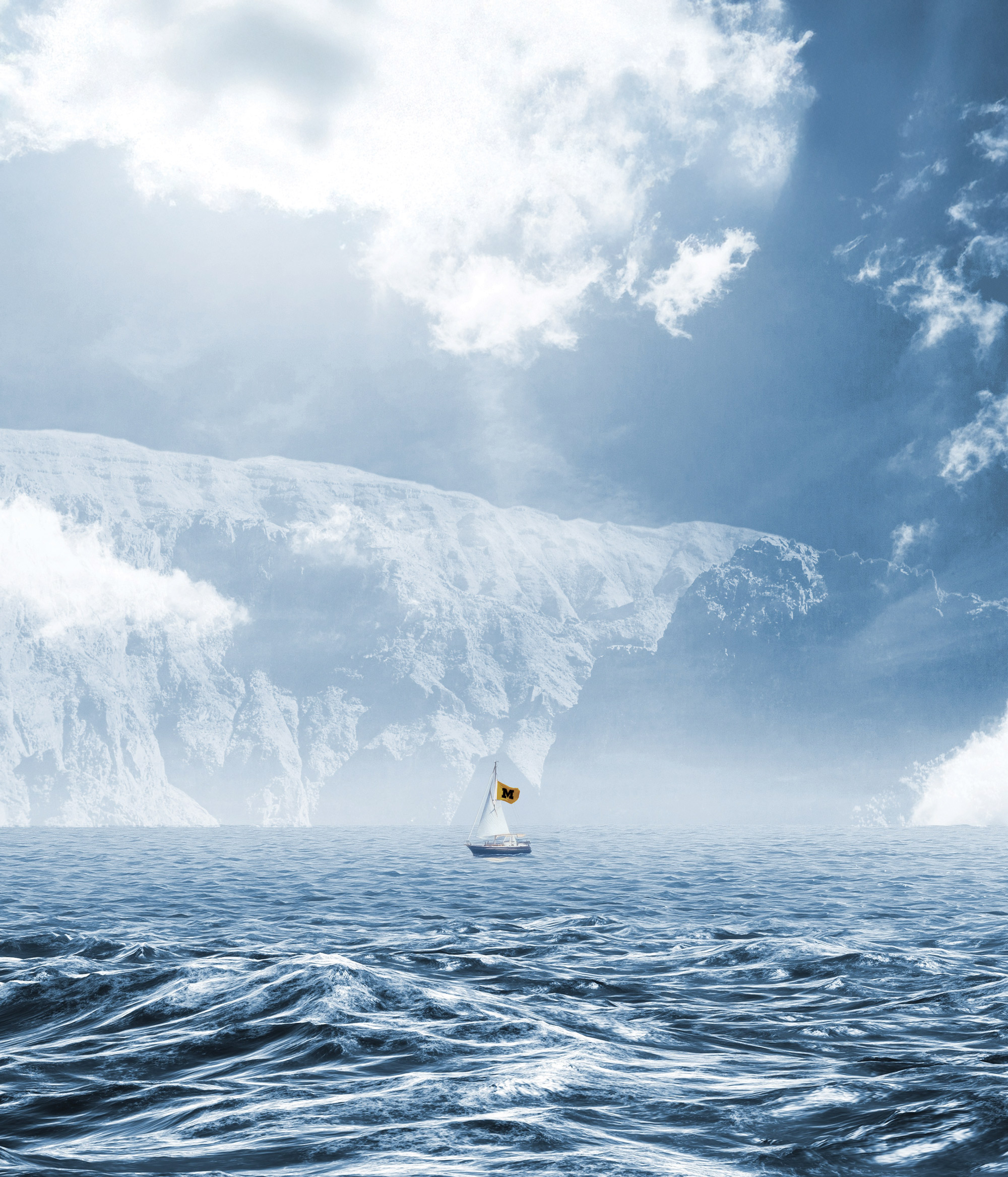
Published on Show Me Mizzou April 24, 2025
Story by Tony Rehagen, BA, BJ ’01
In the fall of 1969, Scott and Kitty Kuhner were working in New York City when Scott popped the question: “Will you sail around the world with me?”
Saying “yes” arguably wasn’t even the most impulsive thing Kitty had done that year. She had already met and agreed to marry Scott in the span of six weeks that spring. Still, in many ways, an ocean voyage around the globe in a sailboat was a bigger ask than “Till death do us part.”
Scott was a New Englander who’d taken sailing lessons since age 13. Kitty Heaton, BS Ed ’66, was a Midwesterner raised in Ladue, Mo. “Not many people in Missouri sailed,” Kitty says. “I’d never heard of anyone sailing around the world.”
On the other hand, Kitty had relished the couple’s honeymoon sailing from Westport, Conn., to Nantucket, Mass., and back. She loved living in the cramped quarters and “taking our home wherever we went.” Plus, she was an adventurer at heart. “I read a book written by an older couple from England that had sailed around the world,” Kitty says. “I thought, ‘If they could do it in their 40s, we could do it in our 20s.’”
Two years later, the Kuhners hopped aboard their ketch and embarked on a 32,000-mile journey across three oceans and five continents. They witnessed natural wonders, experienced foreign cultures and met fascinating people along the way. They also struggled to avert disasters in the form of hurricanes, pirates and medical emergencies. In many ways, the experience shaped them into who they became as individuals and as a family. “Every place we anchored, we made friends and had fun,” Kitty says. “Even though we’d faced the storm, there were so many good things. We wouldn’t have traded it for anything.”

Impulsive as the Kuhners were, they didn’t set sail into the unknown on a whim. They spent more than a year preparing. First, Scott upgraded from his 23-foot O’Day Tempest to a 30-foot Allied Seawind, which they bought for $7,000 and named Bebinka, a Russian-inspired term of endearment for “little baby.” After refitting it with a diesel engine, a 30-gallon water tank and a spray dodger to shield them from sun, rain and surf, they installed a wind vane self-steering device to keep the boat pointed in the right direction relative to shifts in the wind. They both studied on a borrowed sextant, an essential sailing device. “We didn’t have a GPS or even a depth-finder,” Kitty says. “All we had was celestial navigation. We went to the planetarium to practice.”
On October 17, 1971, after quitting their jobs —his as a securities analyst, hers as a teacher — the Kuhners set off from Westport, Conn., to the Virgin Islands. Within two weeks, they encountered 40-knot winds, a Coast Guard helicopter asking if they needed assistance in the storm (they didn’t) and a leak in the onboard sink. The couple sang and danced in St. Thomas. Scott caught dysentery in Panama before they passed through the canal. They encountered a pod of whales en route to the Galapagos Islands and went 22 days without seeing another soul as they crossed the open sea. Then the Kuhners skipped across South Pacific islands, including Tahiti, Bora Bora and Fiji.
They combed the beaches for seashells, rode out Hurricane Bebe (with Bebinka moored to some mangroves) and welcomed guitar-toting Polynesians aboard to sing and dance into the night. They hitchhiked around New Zealand and paused for a couple of months to take jobs in Sydney, Australia. He was a financial analyst, she a secretary. Then to New Guinea and Indonesia. They crossed the Indian Ocean to skirt Madagascar and stopped in South Africa for a safari. They climbed the 699-step Jacob’s Ladder in St. Helena before crossing the Atlantic to Antigua.
“In the last 500 miles between Bermuda and Cape Hatteras, we got caught in a hurricane — but we didn’t know it was a hurricane,” Scott says. “We fell off this giant wave, blew the main hatch, bent the boom and scooped up water as we righted. I tell friends we were lucky enough to have the most efficient bilge pump in the world: a frightened woman with a bucket.”
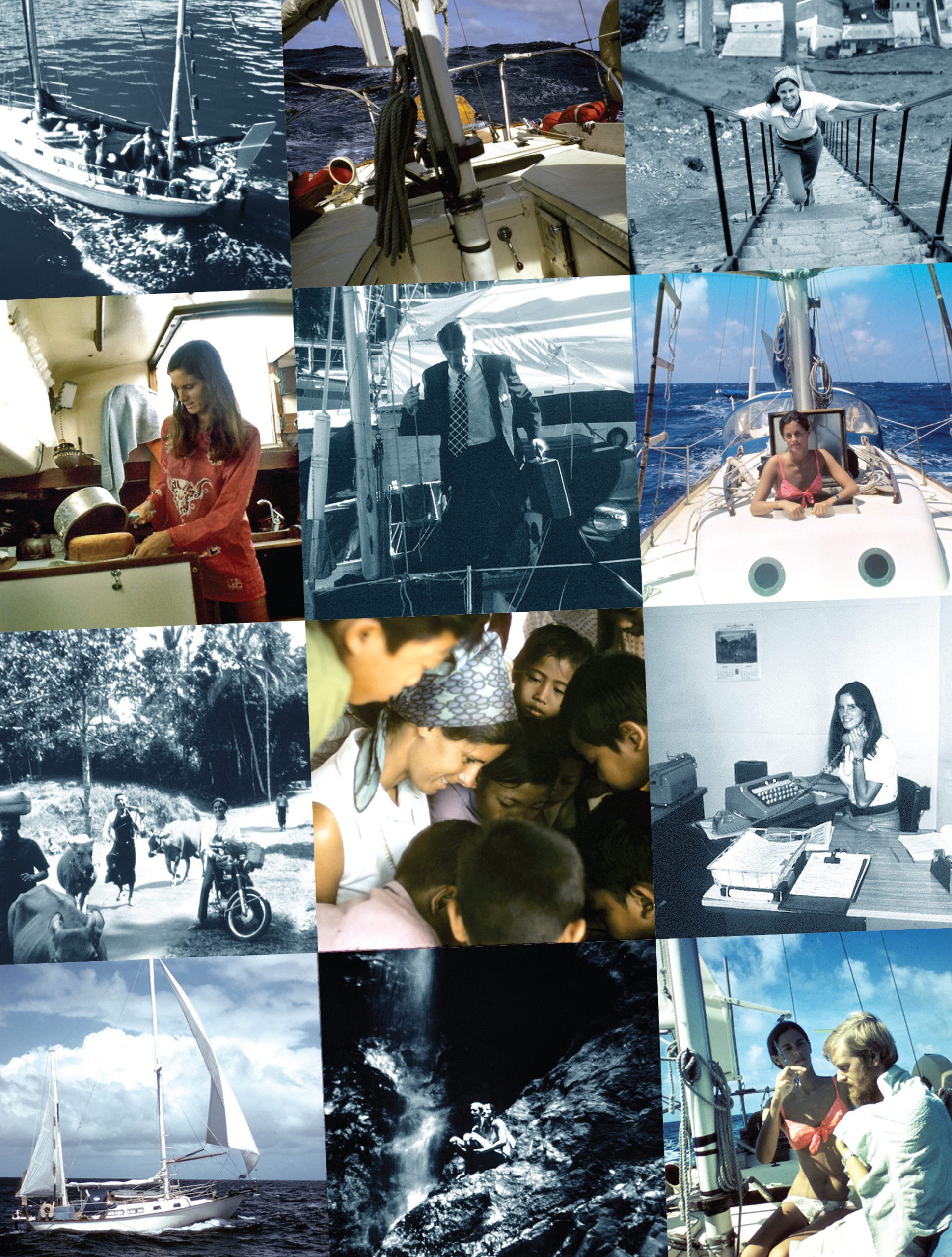
After almost three years away, they returned to the workaday world. They lived in New York for a few years, where Scott worked on Wall Street and Kitty toiled in an art gallery. They bought a house and had two boys, Alex and Spencer. But it wasn’t long before the Kuhners again looked to the horizon. “We were spending a lot of summers and weekends on the boat anyway,” Scott says, “and as the boys grew up, they took on more responsibility on board. They loved sailing.”
“We wanted to show the kids there was more to the world than Fairfield County, Connecticut,” Kitty adds.
They upgraded their boat to the bigger Tamure (a hula-like Tahitian dance) and arranged for the boys, ages 9 and 11, to be home-schooled by Kitty onboard. After renting their home out in October 1987, the family began a trip around the globe, starting with St. Thomas and detouring through the Suez Canal. The boys raced canoes against village kids in the Solomon Islands. Kitty broke her leg while hiking in New Zealand. The family rented camels in Cairo to visit the Pyramids. In Indonesia, three men wearing black pajamas and ski masks boarded the Tamure.“Kitty and the kids were below doing schoolwork,” Scott says. “I started yelling at them to get off, and Alex stuck his head out and noticed they weren’t armed. Next thing I know, Kitty comes out with three Coca-Colas and a pack of cigarettes. They immediately pulled off their ski masks and gave us big smiles.”
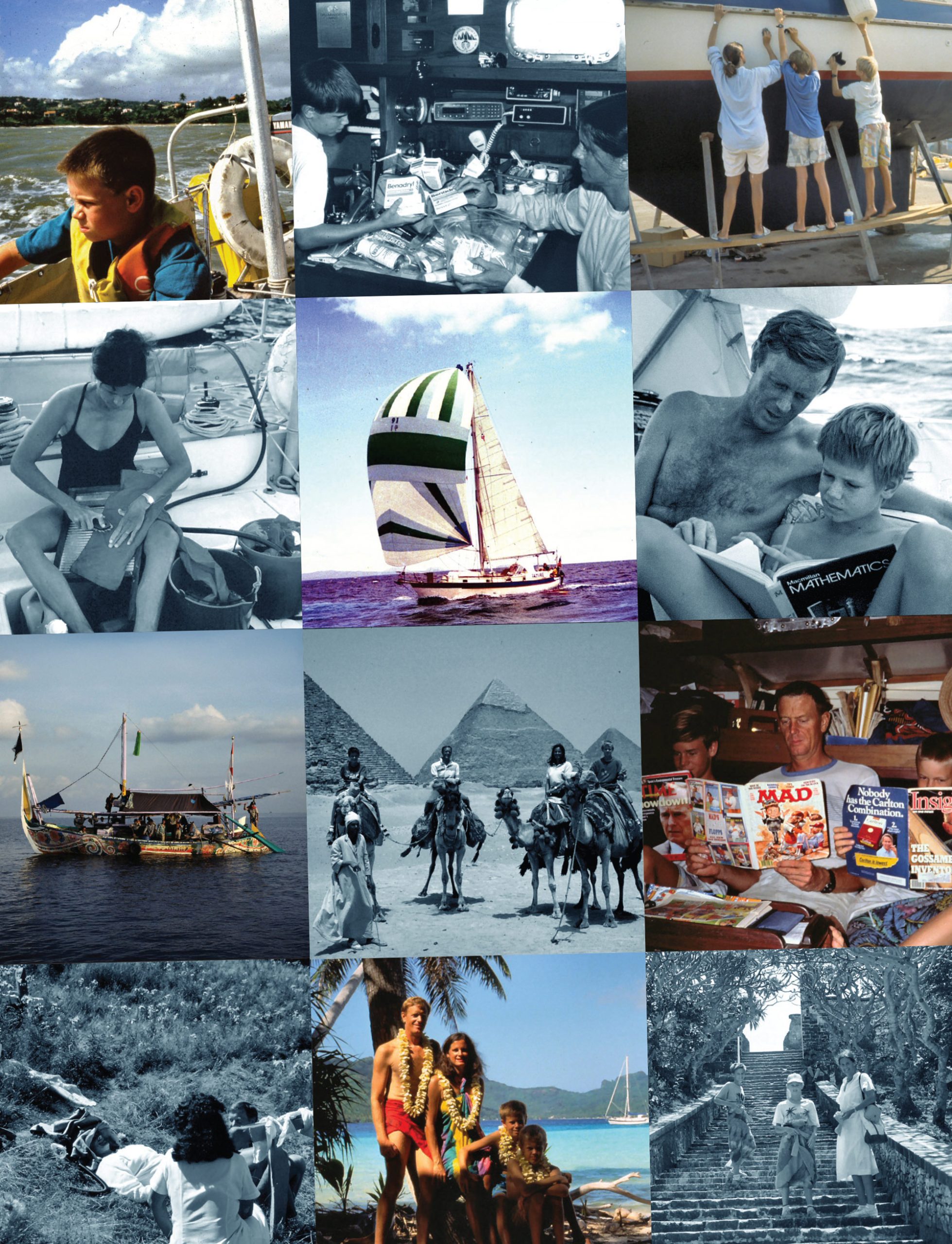

Three years, six months, 20 days and 30,347 miles after the Kuhners left Connecticut for the Virgin Islands, they returned home from their second trip around the world. The boys, now both teenagers, returned to school. They went on to private colleges and successful careers. Scott eventually went to work running the New York office of a Brazilian investment bank, and Kitty worked part-time until the kids got out of school.
In all, the couple spent $3,000 a year ($23,037 in today’s dollars) during their first round-trip and $18,000 per year ($49,278) on the second ring around the globe some 16 years later. “People assume you’re rich if you sail around the world,” says Kitty. “But no one’s living ashore. We had all we needed on the boat.”
In 2005, Scott and Kitty, both retired, sailed to the Azores, an archipelago in the North Atlantic, and wintered in Portugal, where they spent two years before sailing home. It was their last great adventure at sea. “We have body part malfunctions that keep us from using the boat,” Kitty says.
In fact, the couple is now preparing to move into an independent living senior center. The hardest part, Kitty says, is deciding which of the many paintings, sculptures, wood carvings and other mementos they collected during their travels will fit into their new quarters.
But what they don’t have to downsize are the hundreds of photos — sunrises igniting empty horizons, storm clouds swallowing the sky and strangers turning into friends in harbors around the world. Each image opens a portal, a reminder that, for a time, the sea was home.
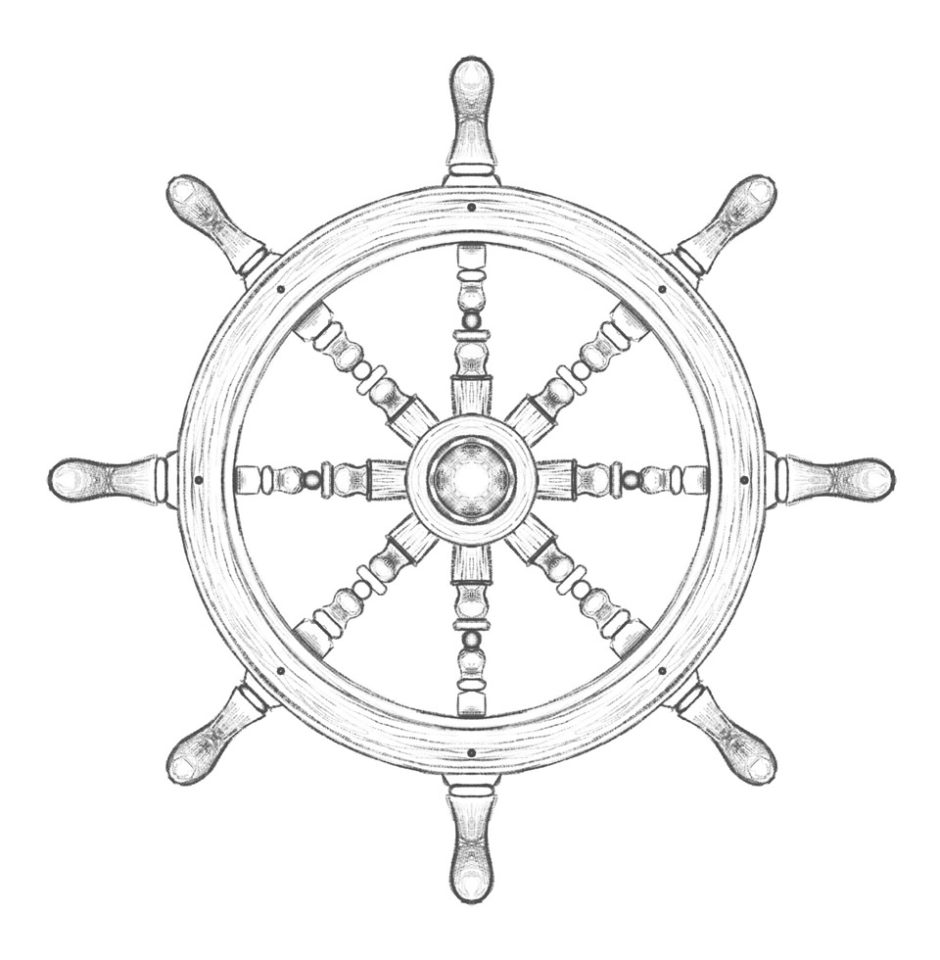
Pulled by the current
Last year, two engineers traded their desks for decks, working remotely while boat-schooling their son.
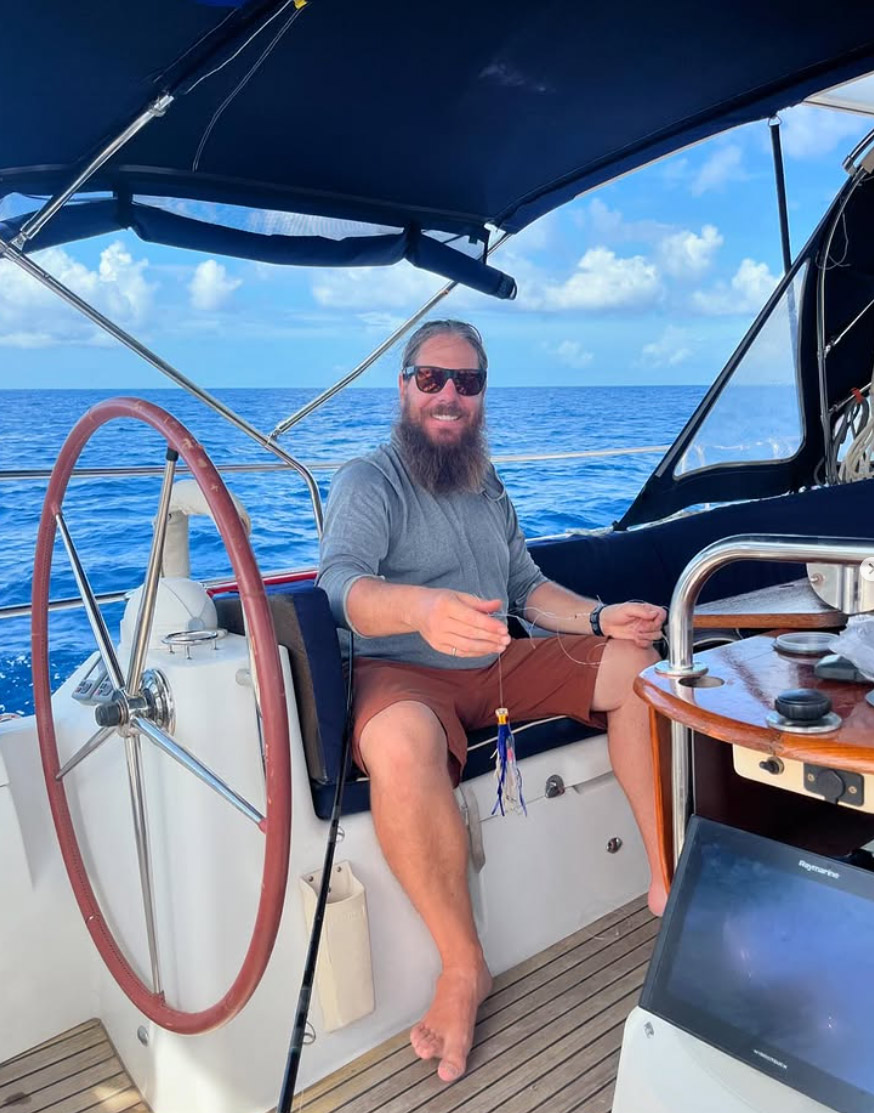
Packing up your belongings, leaving your old life behind and traveling around the world is an adventure most people can only dream of, but for Jim Bob Schell, BS BA ’05, it’s a dream come true. This past September, the Schell family — Jim Bob, his wife, Marlie, and their 5-year-old son, Aksel — set sail on their big adventure to circumnavigate the world by boat over the next decade.
Jim Bob’s interest in boat life originated in early 2020. “For some reason, the YouTube algorithm thought I needed to watch this channel about a family who sails around the globe,” he says. Given his love for travel, Jim Bob was hooked. He soon realized that sailing would be a great way for his family to experience different cultures around the world.
“When Jim Bob first pitched the idea, I thought it was crazy,” Marlie says. “But I soon realized it was actually smart. Living on the water would be beautiful. Plus, most of our sailing would be carbon-free by mainly using wind for propulsion. This eco-friendly form of travel really appealed to us.”
There was only one problem: They had zero sailing experience. So, the couple enrolled in an introductory course at a sailing school and bought a small boat to take out on the lakes in their home state of Wyoming. After sailing to the North Channel Islands in an intensive 7-day course involving heavy weather, Jim Bob and Marlie got their certification to charter a boat on their own to the Sea of Cortez, Mexico. It was a much bigger boat than they were used to, more similar in size to the 49-foot boat they’re in now. “It was the final step to see if we really wanted to live this life, and it was an awesome experience,” Jim Bob says.
Although they were much more experienced in water by then, they still needed to figure out the logistics for this new lifestyle. They hired sailing consultants to help them plan budgets, develop a homeschooling curriculum for Aksel and advise them on various other things, such as canning tips to save food. The Schells would rent out their home for supplemental income, and Jim Bob and Marlie (both engineers) could continue working part-time for their current employers using satellite internet.
In June 2024, Jim Bob bought a Jeanneau Sun Odyssey 49i performance sailboat in Antigua and sailed it to Trinidad to store during hurricane season. On September 19, 2024, the family officially set sail on their adventure. So far, they’ve visited several Caribbean islands. They’ve spent an average of two to three weeks at each locale, depending on the weather, their affinity for the area and the number of other similarly inclined sailing families with children nearby. (To find these “buddy boats,” the Schells use an online resource where fellow sailing families can post where they’re currently anchored.)
Some of their favorite places so far include Dominica, Tobago and St. Lucia. “Trafalgar Falls in Dominica was incredible with its dual waterfalls, hot springs and lush landscape,” Jim Bob says. “It was the first place where I felt blown away. We attended Carnival in Tobago, which was spectacular. St. Lucia was the most visibly stunning place we’ve been.”
The best part of boat life? “We’re close with nature, which makes us want to be good stewards for the planet, and we’re able to spend much more time with our son,” Marlie says. “Our hearts are full because we see how much joy this life brings him.”
But it’s not always smooth sailing. “This lifestyle is amazing, but it’s not easy,” Jim Bob says. “We spend a lot of time repairing the boat and tracking the weather. Figuring out logistics, like getting groceries or visiting a doctor, requires a lot of planning. And it’s hard to watch Mizzou games! I usually have to catch the radio broadcast.”
What’s next for the Schells? They plan to sail to central Florida by May before hurricane season begins. Once it’s over, they’ll travel back to the Caribbean before heading to the Mediterranean for at least a year. Other must-see places for them include South Africa, Patagonia, Indonesia, Thailand and India. “We have a general plan, but 10 years is an ambitious goal since we want to spend a decent amount of time in some of these areas,” Jim Bob says.
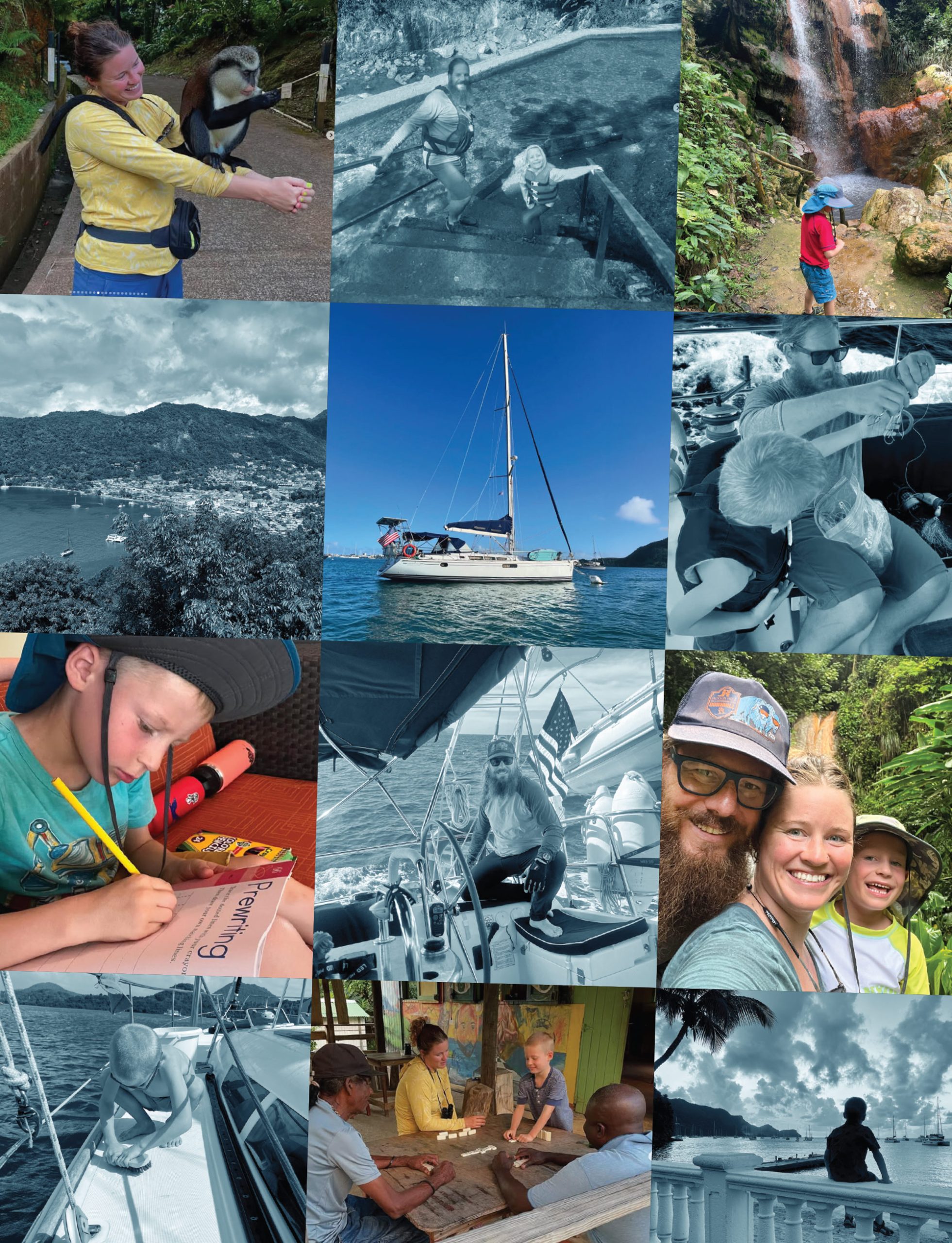
— Blaire Leible Garwitz, MA ’06
To live vicariously through the Schells’ adventures, follow their journey on Instagram at @sailingjaimeera.
To read more articles like this, become a Mizzou Alumni Association member and receive MIZZOU magazine in your mailbox. Click here to join.


